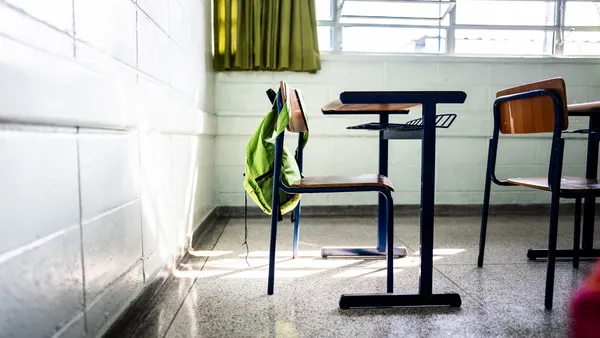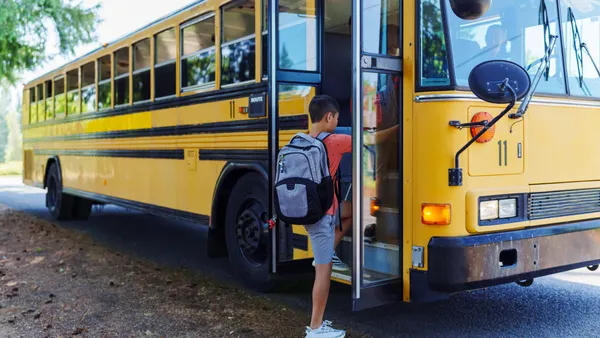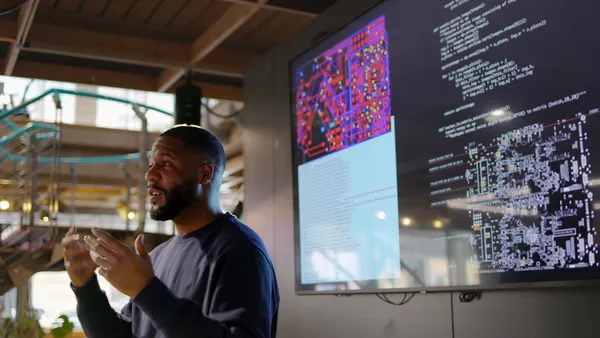The top priority for school district leaders has always been to create a comfortable and safe learning environment. However, as weather across the country has become more extreme—with intense heat and bitter cold happening much more frequently—it’s becoming harder for school facilities to stay operational. Combined with the backlog of deferred maintenance and aging infrastructure challenges facing most districts, school leaders need comprehensive, engineered solutions to prepare for conditions now and in the future.
The climate is more extreme, but facilities have remained unchanged
In the typical lifecycle of any building, heating and cooling systems need to be replaced every 20 to 30 years. But, the incidence of severe weather and climate disaster events has grown exponentially in the last five years, according to the National Centers for Environmental Information (NCEI).
In fact, 2021 was the fourth-warmest year in the 127 years recorded and is part of a trend: the six warmest years on record have occurred since 2012. This rampant heat has negatively impacted learning, according to a recent study that surveyed ten million students across the country and found “a cumulative effect of heat: Test scores were even lower when there were three consecutive days of high temperatures.” In the Northeastern U.S., school buildings that were originally designed for cooler climates are now unable to keep up with soaring temperatures, leaving leaders with few options but to close as heat makes classrooms unusable.
It’s important that school leaders reevaluate their infrastructure performance in light of today’s more extreme weather challenges. According the American Society of Heating, Refrigerating and Air-Conditioning Engineers (ASHRAE), designs that are based on old climate data can pose a risk to occupants because they might not be able to maintain safe indoor environmental conditions. They recommend that systems should adapt to changing conditions.
Consider a practical example: an HVAC system installed in 1990, thirty-plus years ago, was designed to temperature norms and set points appropriate for those times. Today, however, simply swapping out old equipment with a new system with the same specifications might not be sufficient. That wouldn’t take into account the significant and measurable changes in the weather.
Extreme weather has impacted various parts of the country differently. For example, the Southern U.S. has experienced hotter temperatures for greater parts of the year, while the Midwest has seen more severe and unpredictable snow events, and the coasts have suffered from more intense hurricanes. The growing uncertainty around weather intensity, frequency and duration is prompting many districts to modernize to meet the changing demands on their facilities.
Use stimulus funds to prepare for the future
In addition to more comfortable classrooms, new HVAC technologies also help prevent the spread of airborne diseases like the coronavirus. The CDC explains, “…ventilation mitigation strategies can help reduce viral particle concentration,” and, “… ventilation system upgrades or improvements can increase the delivery of clean air and dilute potential contaminants.”
Thanks to the Elementary and Secondary School Emergency Relief (ESSER) Fund, districts can use federal funding to significantly overhaul existing systems. In fact, the U.S. Department of Education lists HVAC systems and renovations as a way to support safe and healthy schools. Many schools are jumping at this opportunity to eliminate a lifetime of deferred maintenance and improve indoor air quality, as well as future-proof schools for severe and unpredictable weather.
The time to make these large-scale infrastructure upgrades is now. Deadlines for ESSER allocation are approaching and construction projects can have long lead times. Luckily, the Department of Education has just announced that schools may apply for an extension for ESSER III spending for an additional 18 months if they have projects, like capital improvements, that warrant additional time.
Take a comprehensive approach to facility management
Planning for a changing environment is easier said than done, especially when there are more priorities than budget necessary to undertake large-scale modernization. District leaders should also evaluate all the systems that work together in a modern facility – it’s much more than just HVAC equipment. Everything from lighting to water quality can have an impact on the student experience.
In many cases, a comprehensive assessment of school facilities will uncover many opportunities to not simply fix what is broken but improve the overall function of the buildings. Addressing many elements of school infrastructure at once will often produce significant energy and operational savings that can be captured to help fund even more improvements. Plus, a strategic facilities master plan will dramatically improve every school’s ability to prepare for the future.
Schools are facing more challenges than ever. Investing in capital improvements can have a positive impact on almost every facet of the student experience. Learn how districts of all sizes are putting their remaining stimulus dollars to work and making lasting impacts by investing in infrastructure improvements.







 Dive Awards
Dive Awards



